From Moscow to Vladivostok: 100 years of stories along the Trans-Siberian Railway
IBTimes UK takes you from the Russian capital through Siberia to Vladivostok, exploring history and stories along the way.

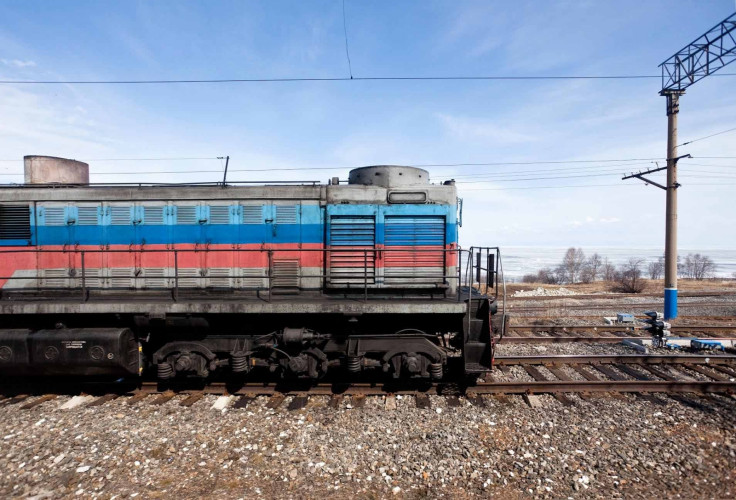
From Moscow to Vladivostok: 100 years of Trans-Siberian stories
No railway has enthralled travellers quite like the Trans-Siberian. Stretching a phenomenal 5,771 miles from Moscow to Vladivostok, the historic railway runs through some of the most rugged, inhospitable and unexplored landscapes in the world, linking Russia to its neighbours China, Mongolia and North Korea.
Construction began in May 1891 and it was finished on 5 October 1916, when the bridge across the Amur River opened - the last link in the world's longest railway.
The railway attracts tourists from around the world, shuttles Russians across their vast country and makes a significant contribution to the economy – with around 30% of exports being transported along the track.
Russia is planning to make major improvements to the railway. By 2020, £4.7bn will be invested into the Trans-Siberian to speed up the transport of freight between Asia and Europe.
On the 100th anniversary of the railway, we invite you on a journey from Moscow through Siberia to Vladivostok in the Far East, exploring the history and stories of the cities and towns along the way.
The Bolshoi Theatre – Russia's cultural jewel, Moscow
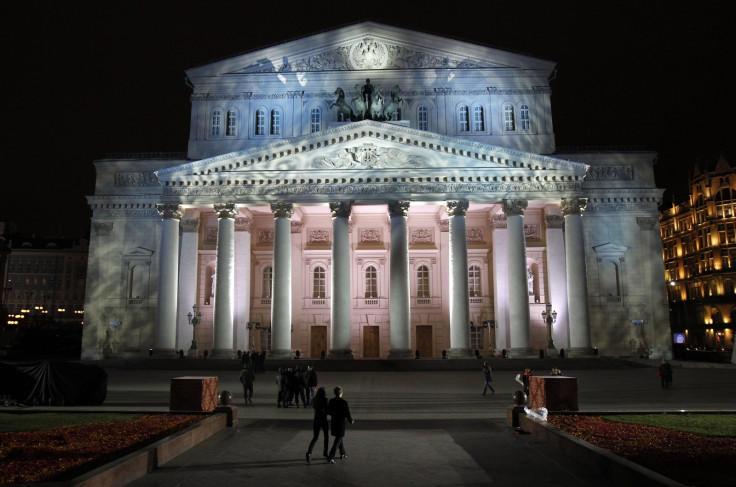
Widely recognised as one of the oldest and greatest ballet and opera companies in the world, the Bolshoi Theatre is the pride of Moscow. It was founded in 1776 by Prince Pyotr Vasilyevich Ouroussoff and Michael Maddox, an English entrepreneur and theatre manager. Pyotr Tchaikovsky, Sergei Rachmaninoff and Modest Mussorgsky held premieres there, creating its reputation as one of Russia's cultural jewels.
The building that exists today dates from 1825 and is deeply rooted in the country's history. In 1922, the formation of the USSR was proclaimed from its stage, followed by the announcement of Vladimir Lenin's death two years later. During the Soviet era, the Bolshoi's ballet troupe flourished - benefiting from the state's mission of promoting nationalism – and produced stars such as Galina Ulanova and Nikolai Fadeyechev.
The building itself did not fare so well under Soviet rule. Like many buildings decorated in the opulent Tsarist style, the Bolshoi was stripped of its grandeur and gold. In 2005, the theatre was shut for a six-year overhaul to restore it to its former glory.
Perm-36 – the last Soviet gulag, Perm
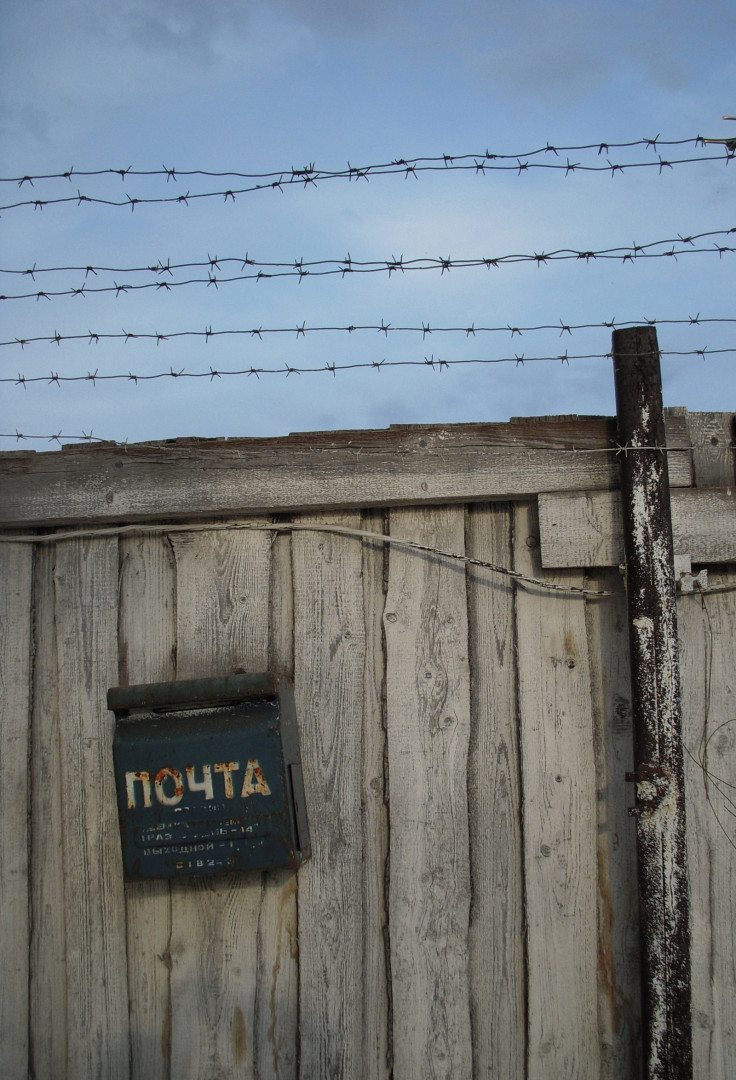
"We have been happily borne - or perhaps have unhappily dragged our weary way - down the long and crooked streets of our lives, past all kinds of walls and fences made of rotting wood, rammed earth, brick, concrete, iron railings," wrote Russian dissident, political prisoner and Nobel Laureate Alexander Solzhenitsyn, in The Gulag Archipelago.
"We have never given a thought to what lies behind them. We have never tried to penetrate them with our vision or our understanding. But there is where the Gulag country begins, right next to us, two yards away from us."
The word GULAG is an acronym for Glavnoye upravleniye lagerey – or Main Camp Administration – the institution that ran the Soviet camps. Over time the word has become synonymous with the notorious Soviet prison system.
The first camps were established in 1918, and over time spread across the country into Siberia, where they functioned until the 1980s. Millions of people, from petty criminals to political prisoners, were subjected to hard labour, starvation and disease in the prison camps.
One of the most notorious, Perm-36, was founded in founded in 1943, around 60 miles north-east of the city of Perm. Located in the Ural mountains, the camp was known as one of the harshest of its kind, housing up to 3,000 political prisoners under the rule of Joseph Stalin. It finally closed in 1988.
Perm-36 is now the only surviving camp with buildings dating back to the Stalinist era, as other camps were destroyed after the dissolution of the Soviet Union. Perm-36 was turned into a museum in the 1990s, but has since been closed.
The beginning and end of the USSR, Yekaterinburg
The fourth largest city in Russia, Yekaterinburg straddles the border of Europe and Asia. Founded in 1723, the city has grown by around 35% since the Trans-Siberian Railway was established, and has become one of the most culturally significant cities in the country.
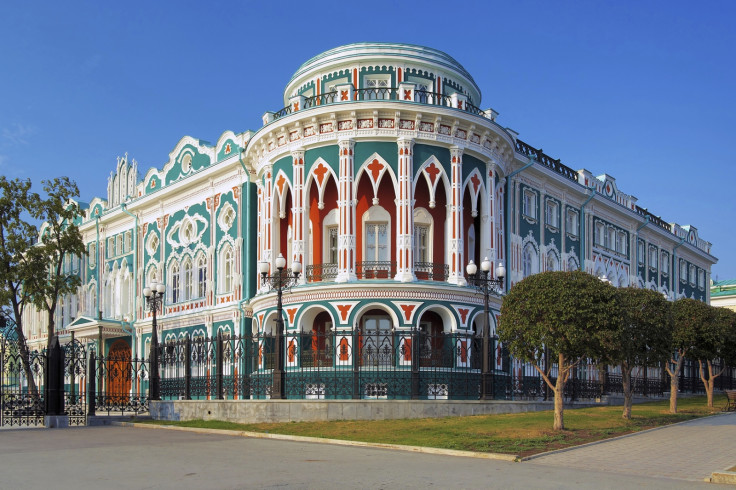
Yekaterinburg is steeped in Russian history. Most notably it is where the last Tsar of Russia, Nicholas II, was killed. In March 1917, revolution broke out on the streets of Petrograd, modern-day St Petersburg, and Nicholas was forced to abdicate his throne a month later. In November that year, the socialist Bolsheviks, led by Vladimir Lenin, seized power from the provisional government and began to put in place the foundations for the world's first communist state - the Soviet Union.
Civil war broke out in June 1918 and in July, the anti-Bolshevik 'White' Russian forces advanced on Yekaterinburg, where Nicolas and his family had relocated. On 17 July 1918, Bolshevik troops stormed Ipatiev House, where the former Tsar and his family were staying, and shot them. In 1991, the remains of Nicholas, his wife Alexandra, and three of their five children were excavated in a forest near the city.
One of the most significant buildings in Yekaterinburg is the Church of the Blood, which was erected where Ipatiev House stood.
The city also played a part in the collapse of the Soviet Union. It was the hometown of the first President of the Russian Federation, Boris Yeltsin, who was in office from 1991 to 1999.
Breaking away from his Soviet predecessors, Yeltsin was more open to allowing Western popular culture into Russia, public criticism and freedom of the press. His post-Soviet reforms included the abandoning of price controls and opening up the country's markets, which led to rapid inflation and sent prices soaring. This further widened the gap between the rich and poor, exacerbating poverty for millions of Russians. Yeltsin's legacy also includes propelling current President Vladimir Putin to power when he appointed him prime minister in 1999.
In recent years, Yekaterinburg has become the headquarters of the biggest Russian enterprise for heavy machine building. Machines used to build railroad carriages, automobiles and aircraft all over Russia are produced here. Factories across Russia use the machinery produced in the city.
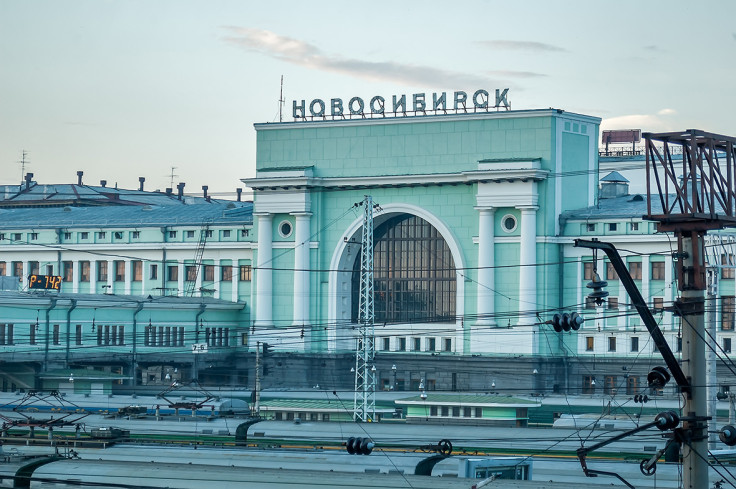
We will now travel further across Russia, from Novosibirsk – the capital of Siberia – to Ulan-Ude. The train between Moscow and Ulan-Ude takes more than three days, covering a distance of more than 3,400 miles.

HIV in the Siberian capital, Novosibirsk

Novosibirsk was founded in the 1890s around the Ob River bridge, built for the Trans-Siberian Railway. The rail line fuelled the city's growth and it is now a large industrial centre – but like other regions of Russia, it is affected by high rates of HIV.
An estimated one million people in Russia are HIV-positive. The country has one of the fastest-growing HIV/AIDS epidemics in the world, exacerbated by poverty and policies that increase the spread of infection, rather than curb it.
Russia has the largest number of intravenous drug users in the world – around 1.8 million, according to a 2012 Lancet study. This is due, in part, to Russia being on the drug highway from Afghanistan to Europe – along with the former Soviet republics of Kazakhstan, Kyrgyzstan, Tajikistan and Uzbekistan. Each country has seen HIV infection rates climb since the USSR broke up in 1991.
In 2013, a particularly virulent strain of the virus was discovered in Novosibirsk. According to local scientists, it accounted for more than half of the registered cases in the region.
The oldest lake in the world, Irkutsk

Lake Baikal is an astonishing 25 million years old and it is the world's deepest lake at more than 5,500ft. It contains 20% of the world's total unfrozen freshwater reserve - more than all of the North American Great Lakes combined.
Because of its age and isolated location, Lake Baikal is one of the richest and most diverse bodies of water and is home to more than 2,000 species of plants and animals. Some animals, such as the nerpa – one of the world's only freshwater species of seal – are only found in Lake Baikal.
Despite being listed as a UNESCO World Heritage Site, Lake Baikal is under threat from industrial and agricultural pollution. In 2010, the crisis was so sever that the lake was in danger of being removed from the UNESCO list altogether.
The Buryats, Ulan-Ude
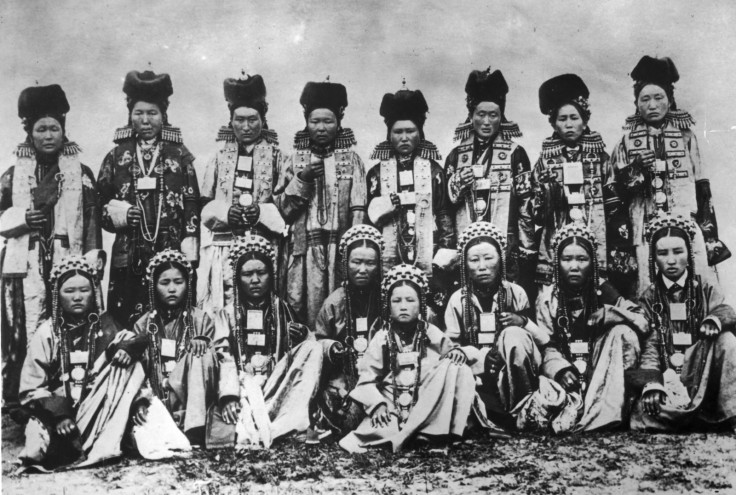
Ulan-Ude, the third largest city in Siberia, is the capital of the Republic of Buryatia, a federal subject of Russia. Around a third of the population of the republic is made up of the ethnic Buryats, the largest indigenous group in Siberia.
The Buryats are descended from Mongolian and Siberian peoples. Their lands are located north of the Russian-Mongolian border, a land historically contested by Russia, China and also Japan, but there are also communities in Mongolia and Inner Mongolia. In the late 1920s, the Buryats rebelled against the communist rule and the collectivisation of their herds, but their rebellion was crushed by the Red Army and thousands were killed.
Buryats share customs with Mongolian communities, including nomadic herding and living in gers. They speak a central Mongolic language called Buryat, one of the most endangered languages in the world.
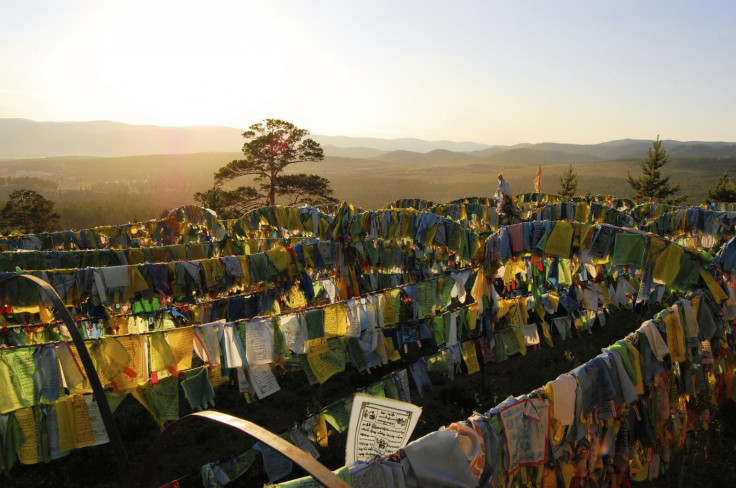
We are now travelling into the Russian Far East, which stretches thousands of miles across Siberia from Lake Baikal to the Pacific Ocean. The region shares borders with China and North Korea to the south and maritime borders with Japan and the United States.
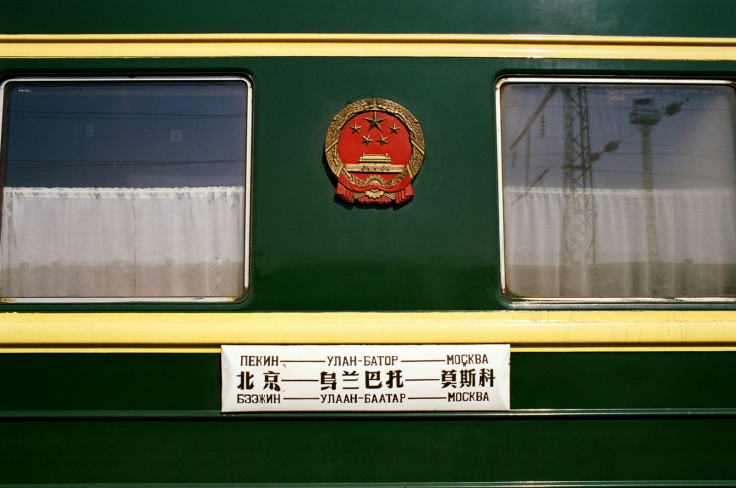
Stalin's 'Jewish homeland', Birobidzhan
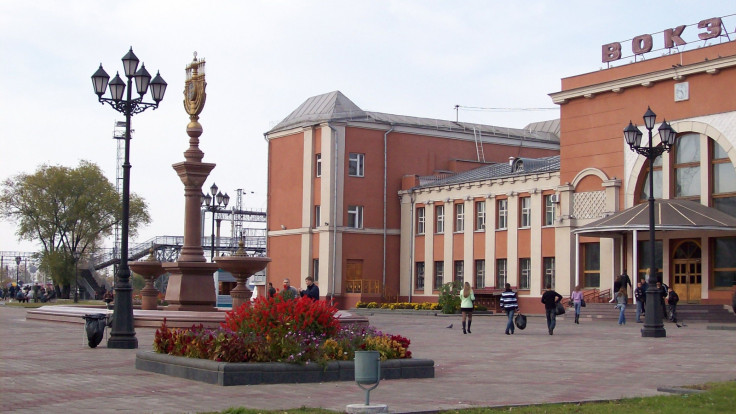
Birobidzhan, located close to the Chinese border, is the administrative centre of the Jewish Autonomous Oblast in the Russian Far East. The first group of settlers arrived in the region in 1928 from Ukraine and Belarus and it became the administrative centre of the region in 1934, as the Soviet answer to the Jewish homeland. In the 1920s, the 5,000-mile journey from Moscow to Birobidzhan would have taken more than a month, but the same journey takes around six days on the modern Trans-Siberian railway.
David Bergelson, a Ukrainian-born Yiddish writer, was one of the main supporters of the Jewish Autonomous Oblast as a remote escape from anti-Semitism and wrote articles propagating Birobidzhan in Yiddish-language publications. After the Second World War, Bergelson became a victim of Stalin's anti-Semitic campaign against "rootless cosmopolitans", a pejorative term that referred to Jewish intellectuals who were accused of a lack of Soviet patriotism. He was executed by firing squad in 1952.
The Second World War boosted the region's population further, as thousands of Jews fled from Eastern Europe, including refugees from Ukraine and Belarus who had been forcibly removed from their homes. In the 1970s, Jewish culture began to prosper in Birobidzhan and Yiddish theatres were opened. A university was opened in 1989 and the town's synagogue was completed in 2004.
Illegal logging in the wilderness, Dalnerechensk

Around 15 miles from the Chinese border is the small town of Dalnerechensk, in the Primorsky Krai region of the Russian Far East. Like other villages and towns in the region, it is a gateway for the illegal logging trade between Russia and China.
The huge forested region of the Far East, which stretches from Lake Baikal to the Pacific Ocean, has been plagued by illegal logging. In 2013, at a meeting on timber management, President Putin said the practice had increased by nearly 70% over the previous five years. In Russia, logging has threatened the survival of the Amur leopard, of which there are only an estimated 70 left in the wild.
The gateway to the Pacific coast, Vladivostok
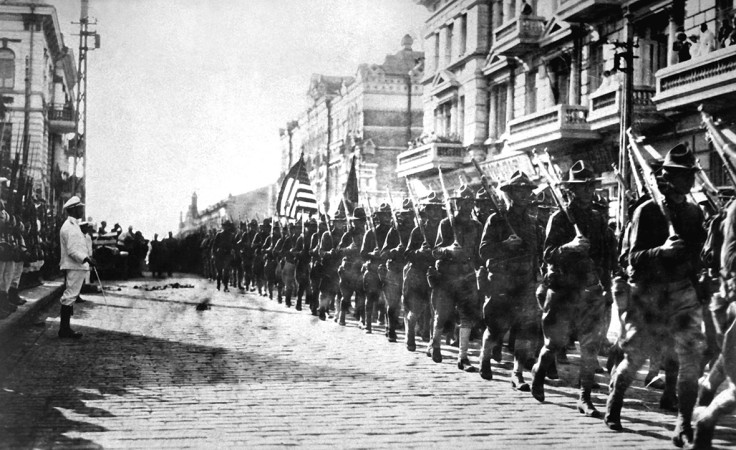
The final stop in Russia is Vladivostok, which loosely translates from Russian as "Lord of the East". Located near the country's borders with China and North Korea, the city is the gateway to the Pacific coast and its history is steeped in the Far East.
In 1689, the Treaty of Nerchinsk – the first treaty between Russia and China – defined the area as part of China. The region came under Russian control in the 1850s, giving birth to the modern city of Vladivostok.
At the time of the Russo-Japanese War of 1904-05, the city had theatres, parks and schools. During the Russian Civil War, American, British and Japanese forces occupied the city along with the Russian 'White' army to support the Tsarist defence against the Bolsheviks. Vladivostok held out until 1922, when Soviet forces finally gained control of the city.
Vladivostok was a closed city between 1958 and 1992, but it could not be more different now. In October 2015, Putin declared the city a 'free port' to boost commerce and lure investors from Asia and Russia has further plans for it. Over the next few years, it is planning to launch around 500 new investment projects worth around £38bn in the region.
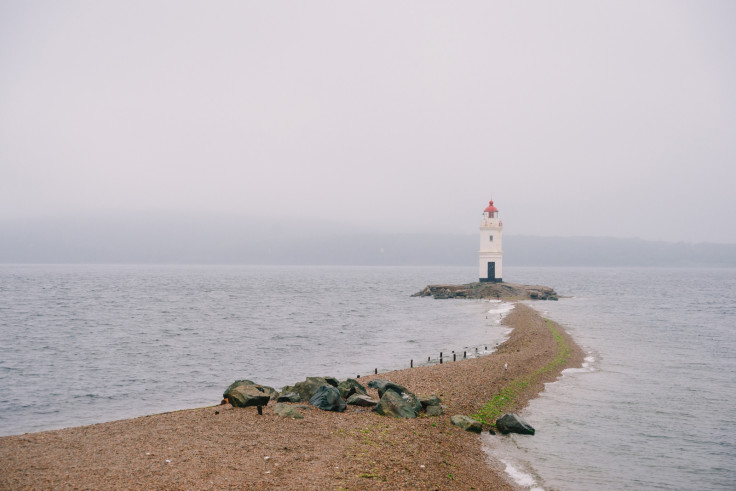
© Copyright IBTimes 2025. All rights reserved.






















